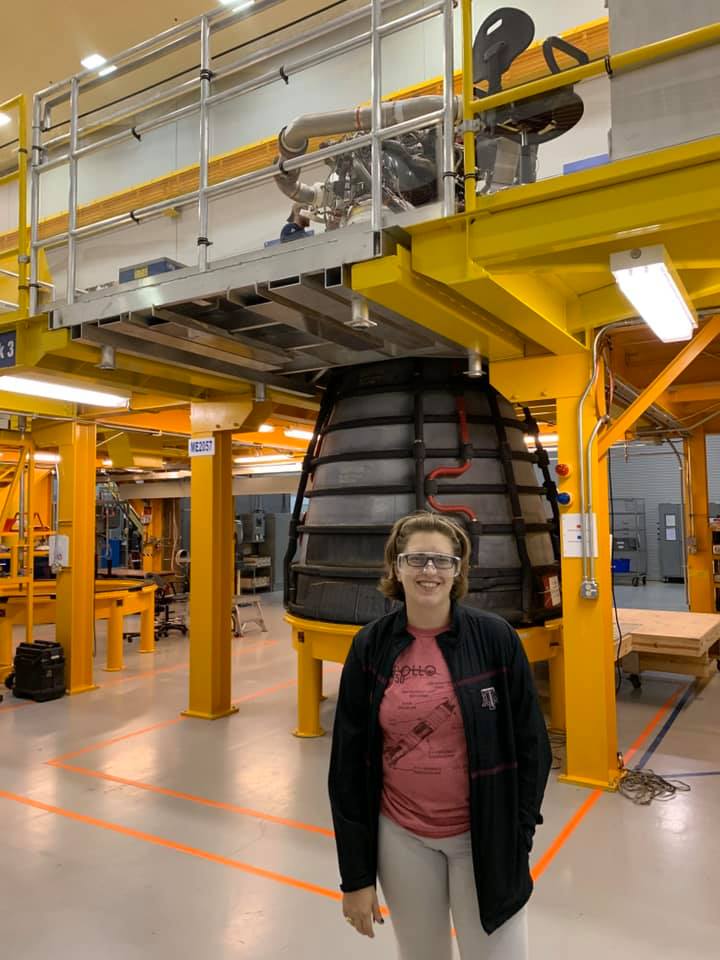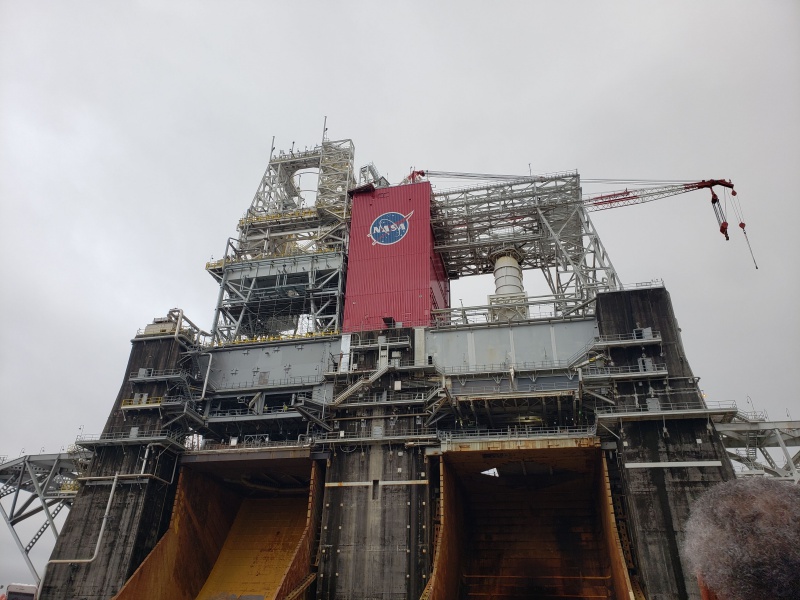August 20, 2020
by Andrea Lloyd
The Artemis Program is NASA’s and humanity’s next huge space endeavor. As a part of the Artemis Generation, I wanted to learn everything I could about the Artemis Space Program and share it with you all.
What Is The Artemis Program?
The Artemis Program is just the first step in marking a new era in space exploration. NASA and its commercial and international partners aim to establish a sustainable presence on the Moon to prepare future missions to Mars. While the Mars Perseverance rover already began its journey to the Red Planet, the NASA Artemis program is still a work in progress. But what is the Artemis Program? We will let NASA offer the answer:
With the Artemis program, NASA will land the first woman and next man on the Moon by 2024, using innovative technologies to explore more of the lunar surface than ever before. We will collaborate with our commercial and international partners and establish sustainable exploration by the end of the decade. Then, we will use what we learn on and around the Moon to take the next giant leap – sending astronauts to Mars. […] We will build sustainable elements on and around the Moon that allow our robots and astronauts to explore more and conduct more science than ever before.
We have talked in the past about such innovations, sustainable elements, and technological advancements that will allow NASA and its partners to go back to the Moon. Check out the article on the Ascent Abort 2 flight test (AA-2). NASA demonstrated the Orion spacecraft’s launch abort system’s (LAS) capabilities to return the astronauts safely to the Earth’s surface in the case of an emergency.
Where No Man Has Gone Before
It seems that despite all conspiracy theories out there regarding the first Moon landing, NASA continues its mission to build the foundation for a new and exciting era of space exploration and maybe finding alien life. While there is no denial of humankind visiting the Moon before, preparing astronauts to actually go on Mars is a dream and a quest we might be fortunate enough to witness in our lifetime.
If you want to learn more about the Lunar Getaway, we recommend you this episode transcript from “Houston, We Have a Podcast,” the official NASA podcast and also one of the best science podcasts you want to listen to this year.
With all these said, it is time for me to tell you how it is to be a part of the Artemis program and look forward to what the future of space exploration holds!
Reflections on Being a Part of the NASA Artemis Program
Sunday, Dec 8, 2019 – Looking forward for Artemis Day
Rummaging through my carry-on, I looked for my passport and driver’s license. Two shirts, a DSLR, notebook, charging cords – I didn’t see the need for actual luggage when I could stuff everything into my backpack for such a short trip.
After locating the identification, I returned to my phone to skim the informational e-mail. “NASA Social #Artemis Day,” it was entitled. A NASA Social is the opportunity for American citizens to see behind the scenes for the agency’s upcoming missions and programs. The in-person event is at the cost of those invited, but individuals with unique social media are able to experience the NASA Center in a way the normal public is not. When I found a Social just a hop and skip away in New Orleans, Louisiana, I jumped to sign up. After selected, I simply couldn’t wait.
New Orleans hosts the world’s best beignets, gumbo, and Mardi Gras. All a given fact. A little-known rocket factory resides in the swamp as well. NASA Michoud Assembly Facility boasts 832 acres for manufacturing items launched into space. Just over sixty years ago, the Saturn V was designed at Marshall Space Flight Center and machined at Michoud.

Monday, Dec 9, 2019 – The Opportunity of a Lifetime
Dawn has yet to break when I check into the government facility. “Artemis Day” highlights the massive SLS new Moon rocket that will return Americans to the Moon in 2024. This particular rocket, Artemis I, will be used as a demonstration of sorts. Its path will leave Earth, curve around the Moon, and return. The anticipated launch date is July 2020, but as we all know, 2020 is a bizarre year and things do not always go as planned.
Jim Bridenstine conducted the Artemis Day press conference, highlighting the completion of the SLS Core Stage. Seeing the dynamics of a meeting this important was amazing. Bridenstine was answering reporter’s detailed questions. Four astronauts sat nearby, prepared to contribute to other activities later. Legislators and staff, social media writers, NASA personnel – the sheer diversity of the audience made the day more complex.
At the close of Bridenstine’s remarks, each group navigated to a different part of the facility. There were booths to learn about how different American companies and other NASA centers contributed to the creation of the SLS over the years.

A tour around Michoud provided history and context. A barge named Pegasus will ship the core stage to the NASA Stennis Space Center over a week.
My role in all of this was exposure. Artemis is the next huge space endeavor, and as a part of the Artemis Generation, I wanted to learn everything I could about the program. I scribbled out a million ideas for articles, videos, podcasts. What I researched in classrooms became reality as I saw with my own eyes a variety of strategic science public relations tactics and strategies. Friends were made, gumbo was eaten. Needless to say, this is only the beginning of the SLS articles I would write.
Tuesday, Dec 10, 2019 – The End is the Beginning
The two-day event included a tour of NASA Stennis Space Center, seeing Aerojet Rocketdyne’s refurbishment of the Space Shuttle engines (more on that later), and the rocket engine testing stand. I was able to stand feet away from RS-25 engines that had been in space 16 times, see the skyscraper that NASA uses to safely test those engines.
Again, my research in action. Newly found friends were recording NASA engineers explaining the test stand, taking selfies with the engines, and scribbling out notes for future projects. Who wouldn’t, honestly? NASA had provided us two days of inspiration to make more content highlighting their Artemis program and SLS rocket. And as the NASA enthusiasts that we were, we were excited.

The Artemis Program: Bottom Line
If you’re excited for a NASA Social, you can follow their twitter for opportunities to go behind the scenes. However, as a transparent agency, NASA shares its content on www.nasa.gov for the public to learn and share. You can listen to their podcast as well and make sure you check the news daily. If you wonder what is going on right now with the Artemis Program – since we are past this year’s half – the answer also comes from the space agency:
With 2020 more than half way through, NASA is gearing up for a busy rest of the year and 2021. Following the recent successful launch of a Mars rover and safely bringing home astronauts from low-Earth orbit aboard a new commercial spacecraft, NASA is looking forward to more exploration firsts now through 2021.
I recommend you to keep your eyes open to what NASA has in store for us. Space exploration and science are always progressing and we’re here to bring in a digestible format for you. I’ll be signing off with Mrs. Frizzle’s famous quote: “Take chances, make mistakes, get messy!”
Want more science now?
Check out our news page where we post interesting studies and discussions (sometimes mocking them mercilessly) for more.
